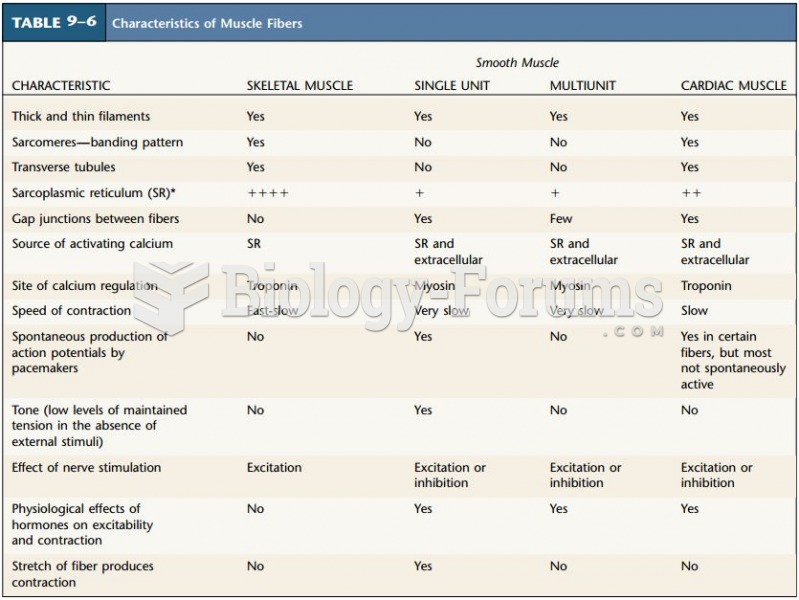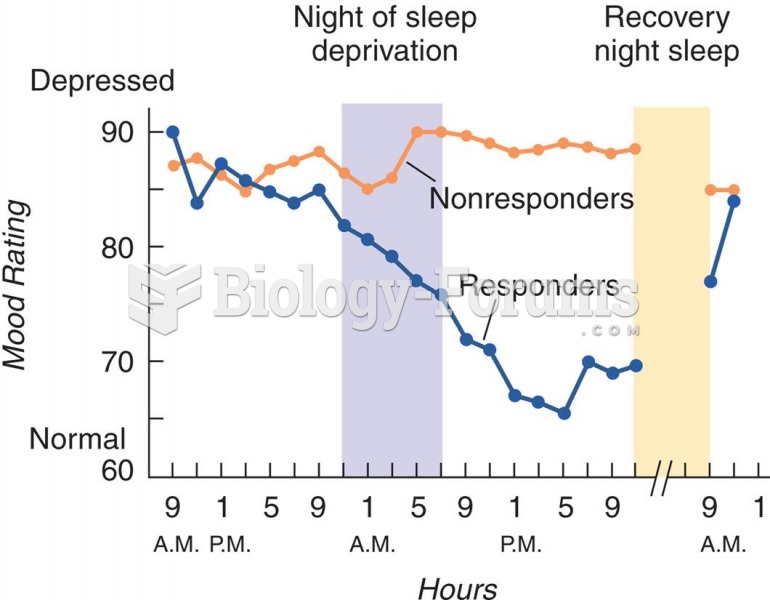Answer to Question 1
A number of product-related factors affect the cost and importance of logistics. Among the more significant of these are dollar value, density, susceptibility to damage, and the need for special handling.
Dollar Value
The product's dollar value typically affects warehousing costs, inventory costs, transportation costs, packaging costs, and even materials-handling costs. As the product's dollar value increases, the cost in each identified area also increases.
Transportation prices reflect the risk associated with the movement of goods, and higher value products are often more susceptible to damage and loss and/or require more care in the movement. Transportation providers may also charge higher prices for higher-value products since these customers may be willing to pay higher rates for transportation service.
Warehousing and inventory costs also increase as the dollar value of the product increases. Higher value means more working capital invested in inventory, resulting in higher total capital costs. In addition, the risk factor for storing higher-value products increases the costs of obsolescence and depreciation. Also, since the physical facilities required to store higher-value products are more sophisticated, warehousing costs increase with higher dollar value products.
Packaging costs also usually increase because the organization uses protective packaging to minimize potential damage to the product. An organization spends more effort in packaging a product to protect it from damage or loss if it has higher value. Finally, materials-handling equipment used to meet the needs of higher-value products is very often more sophisticated. Organizations are usually willing to use more capital-intensive and expensive equipment to speed higher-value goods through the warehouse and to minimize the chance of damage.
Density
This refers to the weight/space ratio of the product. An item that is lightweight compared to the space it occupies has low density. Density affects transportation and warehousing costs. As density increases for an item, its transporting and warehousing costs decrease.
When establishing their prices, transportation providers consider how much weight they can fit into their vehicles, since they quote their prices in dollars and cents per hundred pounds. Therefore, on high-density items, providers can charge a lower price per hundred pounds because they can fit more weight into their vehicle.
Susceptibility to Damage
The third product factor affecting logistics cost is susceptibility to damage. The greater the risk of damage to a product, the higher the transportation and warehousing cost. Because of a higher degree of risk and liability associated with more fragile goods, higher are prices charged by both transportation and warehousing providers. These providers might also charge higher prices because of measures they must take to prevent product damage.
Special Handling Requirements
A fourth factor is special handling requirements for products. Some products might require specifically designed equipment, e.g., refrigeration, heating, or strapping. These special requirements will usually increase warehousing, transportation, and packaging costs.
Answer to Question 2
False







